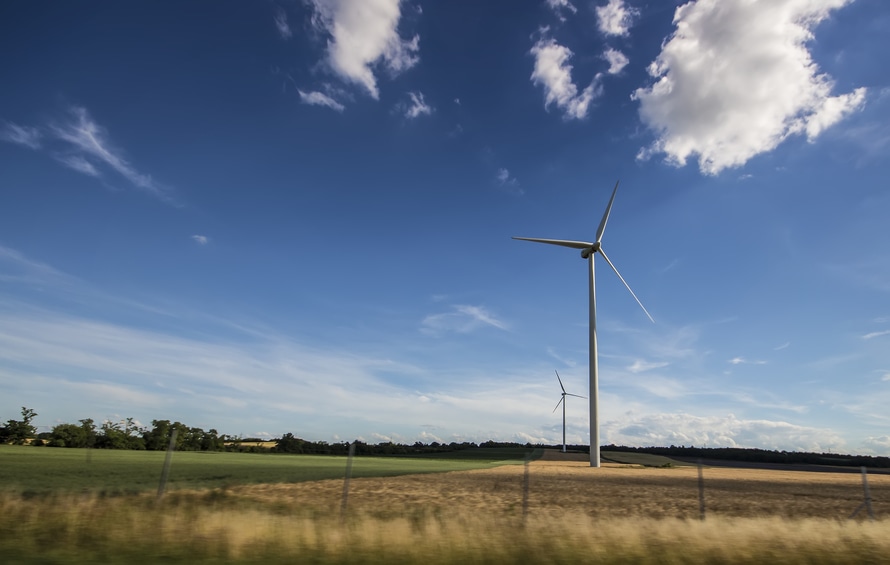How the Transition in Energy Connects with Climate Change
The U.S. Department of Energy continues to keep the public informed on the latest forms of technology.
They published recently that close to a half of a million electric vehicles are now on the road. That connects to a decrease in greenhouse gas emissions by an average of 58%.
When they report that costs for solar panels cost for solar panels have dropped 54% since 2008, I was able to find out more on those numbers with a recent report by the U.S. Department of Energy. They also recently noted:
- Land-based wind accounted for 41 percent of all new capacity brought online in 2015. Overall, wind generated enough electricity to power more than 17 million households.
- Utility-scale solar PV represented 15 percent of all newly installed electricity generation capacity in 2015. Overall utility-scale PV generated enough electricity to power over 2 million homes.
- Distributed solar PV has reached one million rooftop installations on homes and businesses after experiencing a 54 percent reduction in overall costs since 2008.
- In total, wind and solar accounts for two-thirds of all new, U.S. installed electricity capacity.
- Installation of LED A-type bulbs exceeded 200 million through 2015 – growing 160 percent over 2014.
- Total sales of electric vehicles (EV) has soared closer to the half million mark with 490,000 EVs on the road as of August 2016.
Currently, the United States and additional countries around the world are working to transition away from traditional energy, to building jobs and new forms of renewable energy.
Below is a YouTube Playlist to browse over to see the latest trends in bioengineering and technology in connection with the clean energy revolution.




